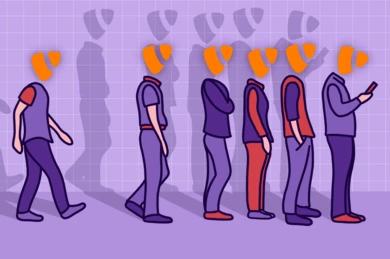
Writing code is fundamentally an exercise in crafting a strong foundation, one that should incorporate inclusivity as much as scalability. Compliance standards are a great place to start, and this guide will help you identify actionable practices for writing accessible, user-friendly code.










